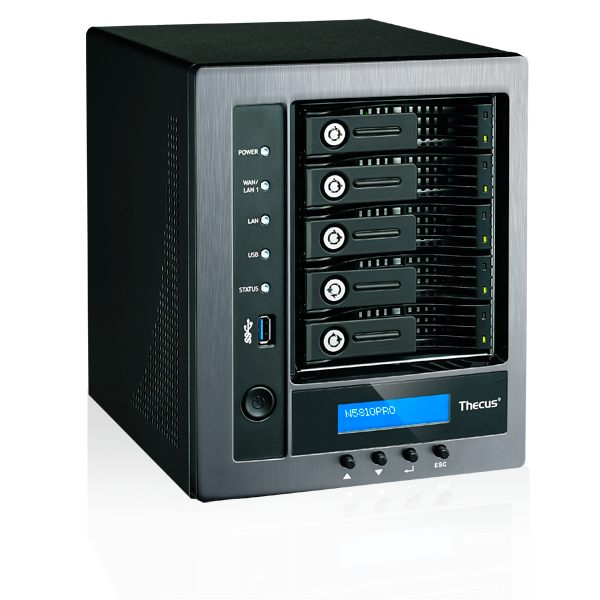Article – From the horse’s mouth
Sony puts DSLR power in your pocket with the NEX-6 : Consumer Products Press Releases : Sony Australia (Press Release)
My Comments
Sony are to release the NEX-6 which is a fully-equipped “rangefinder-style” mirrorless camera. It will have the APS-HD sensor and work with E-mount user-interchangeable lenses making it an answer to the DSLR camera; as well as working with a fast “phase and contrast” auto-focus setup.
It also implements an OLED electronic viewfinder and works with a Sony-driven app system. But the app system only works with the camera being tethered to a computer.
DLNA in a digital camera
For me, the main piece de resistance is integrated Wi-Fi and DLNA functionality. This is brought on by Sony supplying a continual lineup of DLNA-capable TVs and video peripherals like the BDP-S390 Blu-Ray player that I have reviewed.
The main application I see of this function is a very common business or pleasure situation. Here, you you want to show the latest pictures to family members, friends or business colleagues using that large flatscreen TV. If the TV is a DLNA-capable set like an increasing number of smart TVs or is connected to a video peripheral that works as a network media player, you can either “pull” the pictures up on the screen using your TV’s or video peripheral’s remote control or “push” the pictures from the NEX-6 to the TV using the camera’s control surface.
Here, this function isn’t provided in an app that the user has to search for and download but as something that is integrated with this camera. In some ways, What I see of this is a chance for camera and camcorder manufacturers to have Wi-Fi wireless networking as a product differentiator and to have DLNA as part of this feature set, thus exploiting what the smart TVs and network-enabled video peripherals offer as a way or reviewing or presenting the pictures or footage you have just taken.
The DLNA functionality could be taken further by allowing the camera to be an “uploader” so that pictures and video can be uploaded to a network-attached storage device without the need to have your computer on. Similarly, it could allow “take it – show it” behaviour where an image that you just took appears on the screen, or sensor-to-screen streaming where the large screen works as a viewfinder to work with DLNA-capable display setups.
In some ways, this functionality could be extended across other camera types such as the DSLRs or the consumer or professional / broadcast camcorders. This again is more so as an integrated function that Sony and others can differentiate the more expensive equipment with.


